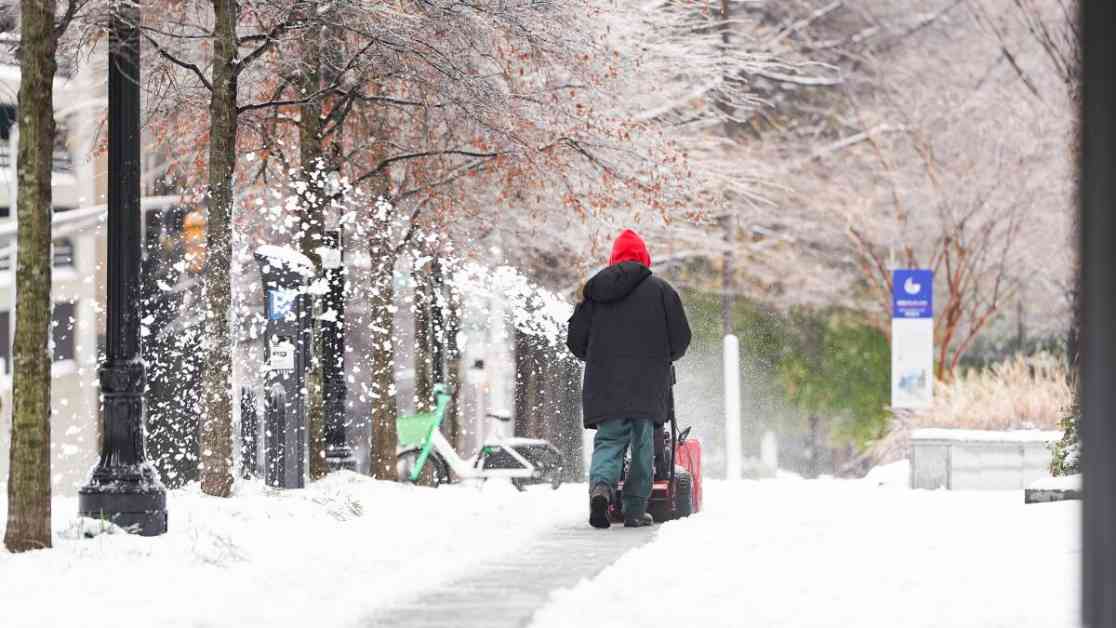**Weather Patterns on the West and East Coasts: A Closer Look**
The winter of 2025 has brought extreme weather events to both the West and East Coasts of the United States, showcasing the stark differences in climate conditions experienced across the country. In Los Angeles, the Palisades fire has raged through the city, marking the most destructive winter fire in the city’s history. Meanwhile, on the East Coast, a significant winter storm has pummeled the region, making it the most significant winter storm in a decade. These events may seem unrelated, but they are part of a larger atmospheric pattern that has been evolving over the years.
**Uncovering the Atmospheric Puzzle**
Researchers at Utah State University have been studying the intricate connections between weather patterns on the West and East Coasts, uncovering a fascinating revelation about the behavior of our atmosphere. The western Pacific Ocean has been warming significantly, creating a ripple effect that extends all the way to North America. This warming acts as a catalyst, sending waves of energy eastward along the jet stream, a key player in shaping our weather patterns.
The jet stream, likened to a cosmic garden hose, normally keeps weather patterns moving along smoothly. However, recent changes in the atmosphere have caused the jet stream to wobble more dramatically, leading to persistent extreme weather events on both coasts. These atmospheric disturbances can get “stuck” in a particular pattern, creating prolonged periods of drought, deluge, or deep freezes in different regions of the country.
**The Impact of Climate Change**
The evidence for these amplified weather patterns is clear. Research has shown a 20% increase in the strength of winter weather extremes since the late 20th century, with the jet stream contorting into deeper waves than before. This change is not random but part of a larger pattern of climate change, driven by the warming of the western Pacific Ocean.
This shift in weather patterns has significant consequences for the landscape and communities affected. In California, the persistent dry conditions created by the weather regime increase the risk of wildfires, turning the state into a tinderbox even in the winter months. The vicious cycle of drying and heating up the landscape exacerbates the situation, making it crucial for communities to be prepared and resilient in the face of these challenges.
**Preparing for the Future**
As we continue to witness these extreme weather events, the key is to adapt and prepare for the new normal in our climate. With the guidance of weather forecasters and emergency managers, communities can take proactive measures to mitigate the impact of these weather patterns. By understanding and acknowledging the changing climate dynamics, we can better equip ourselves to face the challenges that lie ahead.
While the world may not have to choose between fire or ice, it does have the power to shape how we navigate the evolving climate landscape. By staying informed and proactive, we can rewrite the narrative of our climate’s future and build a more resilient society for generations to come.
As Robert Frost once pondered the fate of the world, we too must consider our role in shaping the future of our planet in the face of changing weather patterns.
*Shih-Yu Simon Wang is a professor of climate science at Utah State University.*




